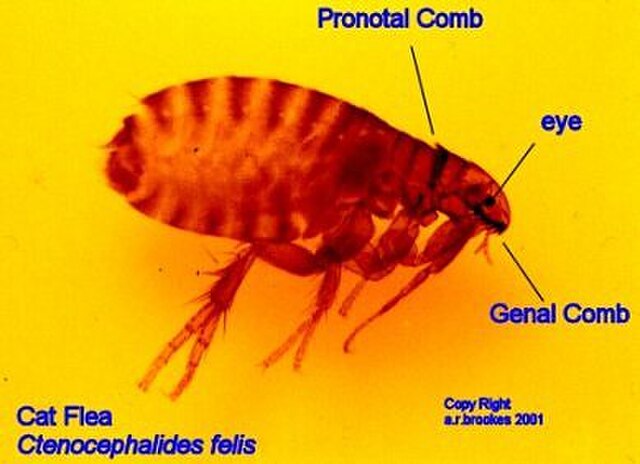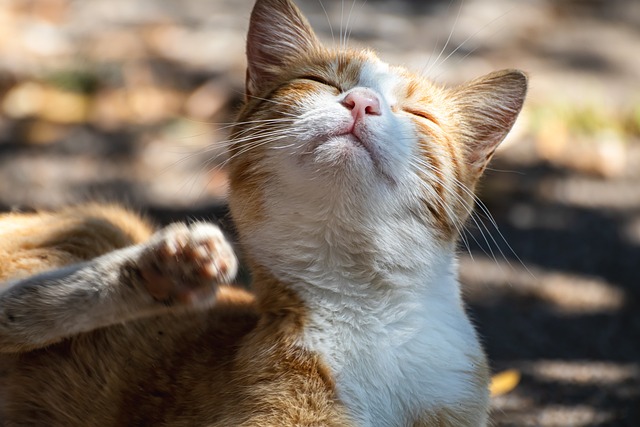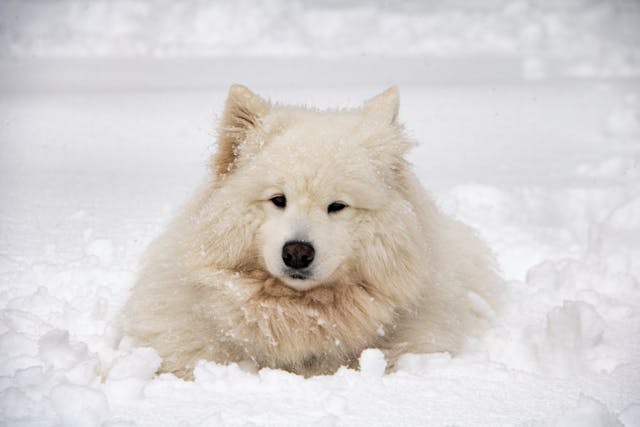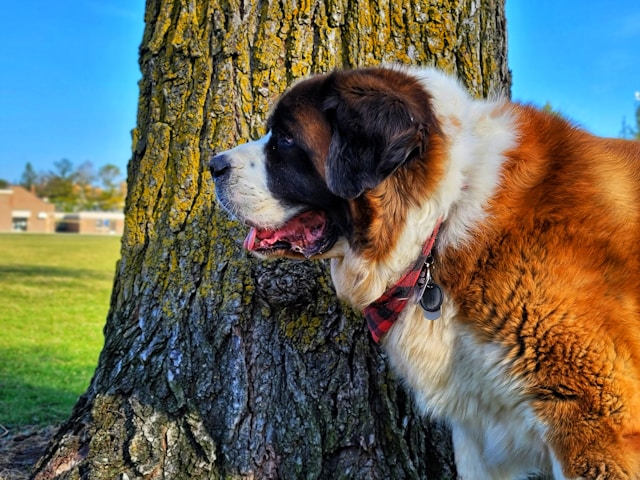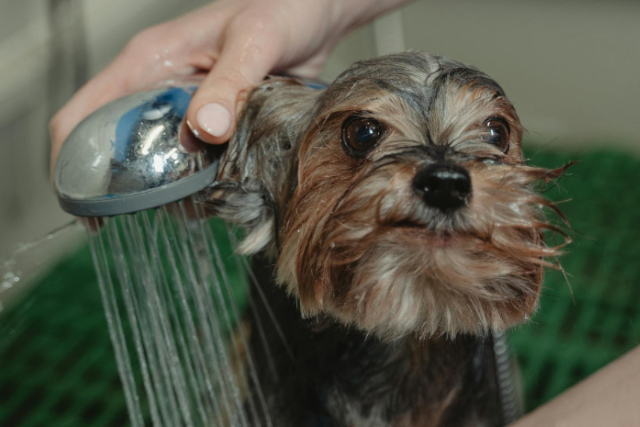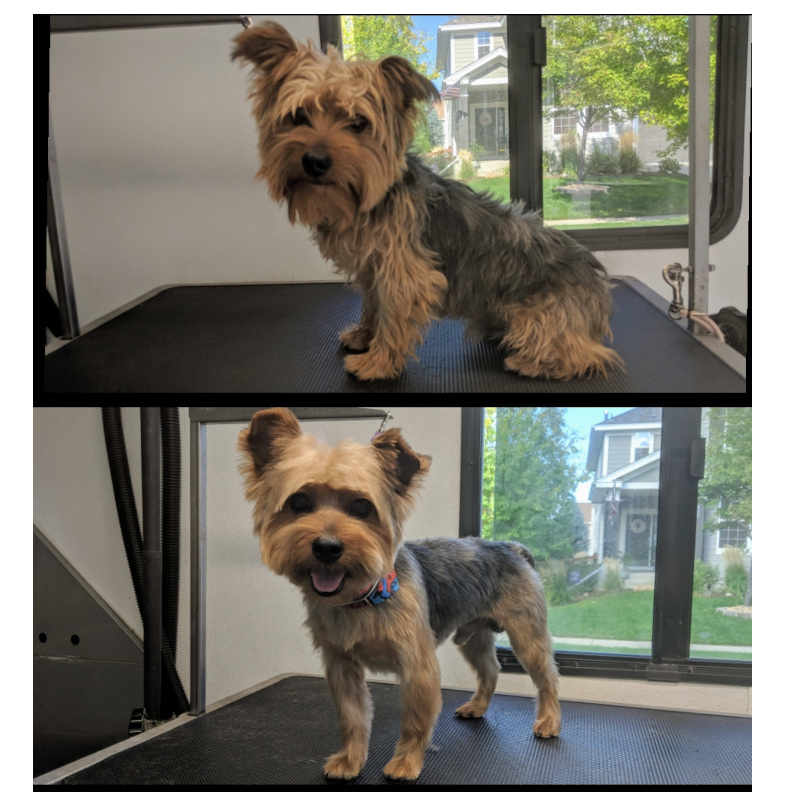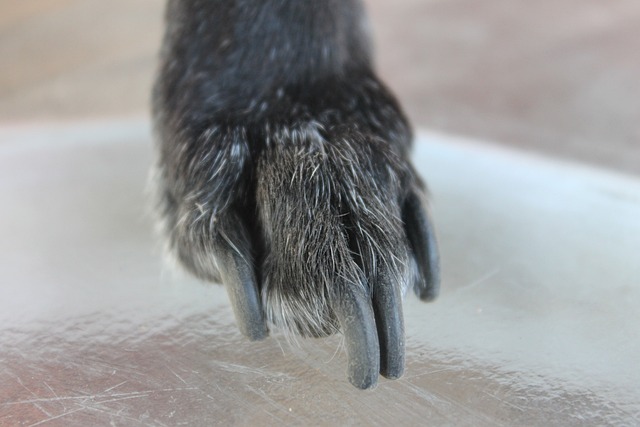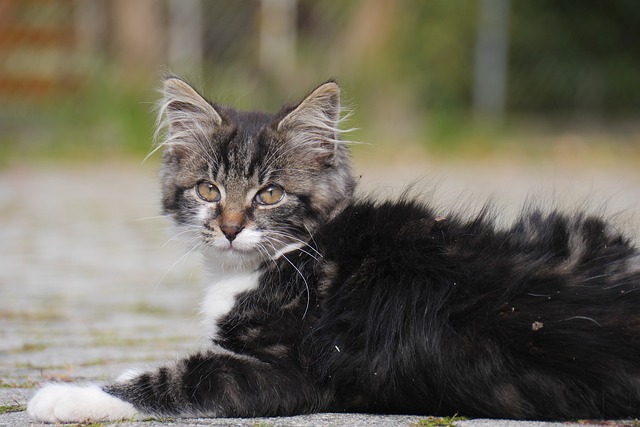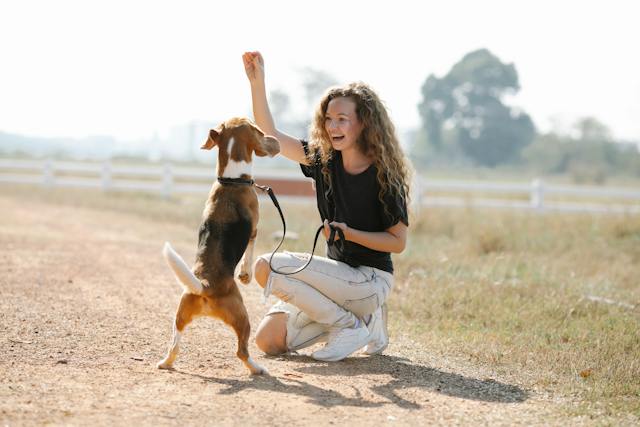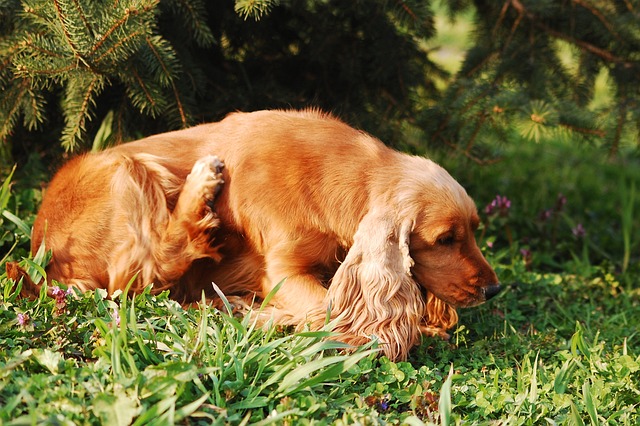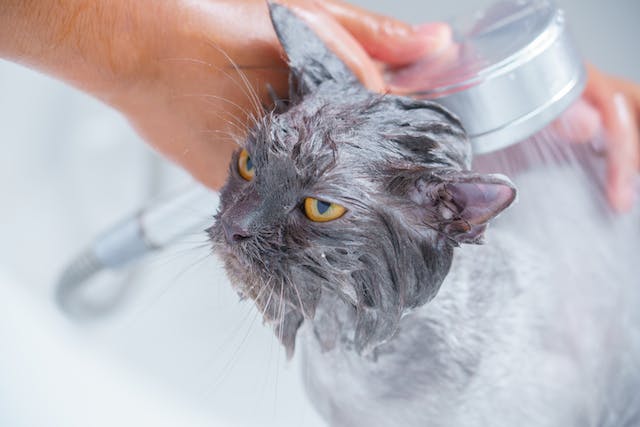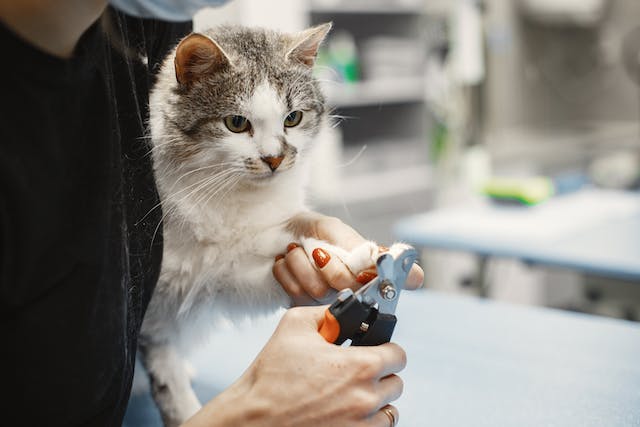As a devoted cat owner, you understand the joy and companionship that comes with sharing your life with a feline friend. Whether they’re curled up on your lap or darting around the house with boundless energy, our cats enrich our lives in countless ways. However, along with the love and laughter they bring, cats also require attentive care to ensure they remain healthy, happy, and well-groomed.
In this guide, we’ll explore the fundamentals of cat grooming, starting with a closer look at the essential tools that every cat owner should have in their arsenal. Whether you’re a seasoned pro or a novice cat parent, understanding the right tools and how to use them effectively is key to providing your furry companion with the care they deserve.
1. Slicker Brush: Slicker brushes are designed with fine, closely spaced wires that help remove loose fur, detangle mats, and prevent hairballs. Regular brushing not only keeps your cat’s coat smooth and shiny but also reduces shedding and minimizes the risk of hairballs, especially in long-haired breeds. Stay away from self-cleaning types because they often have retractable bristles that can be too harsh on your cat’s skin or fur.
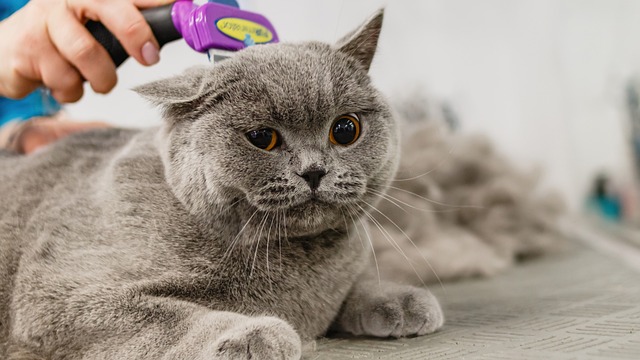
2. Comb: Combs with fine teeth are excellent for removing loose fur, untangling knots, and detecting any fleas or ticks that may be hiding in your cat’s coat. Combing helps distribute natural oils, prevents matting, and keeps the coat free from debris, promoting overall skin and coat health. Stay away from electric de-matting tools claim to quickly remove mats and tangles from your cat’s fur, but they can be too aggressive and may cause discomfort or injury to your cat’s skin.
3. Nail Clippers or Trimmers: Trimming your cat’s nails is essential for preventing overgrowth, which can lead to discomfort, difficulty walking, or even ingrown nails. Cat-specific nail clippers or trimmers are designed to make the process safe and comfortable for both you and your cat. Bonus perk: you’ll have less scratches on your furniture!
4. Cat-specific Shampoo: Cats have sensitive skin that can be easily irritated by harsh chemicals found in some shampoos. Using a gentle, cat-specific shampoo helps maintain the natural balance of your cat’s skin and coat, effectively cleansing without stripping away essential oils or causing irritation.
5. Ear Cleaner: Cats are prone to ear infections due to their unique ear structure and buildup of wax and debris. Using a cat-specific ear cleaner helps remove dirt, wax, and excess moisture from your cat’s ears, reducing the risk of infections and promoting overall ear health.
6. Toothbrush and Toothpaste: Dental health is crucial for cats, as dental issues can lead to pain, infection, and other health problems. Regular brushing with a cat-specific toothbrush and toothpaste helps prevent plaque buildup, tartar formation, and gum disease, promoting good oral hygiene and fresh breath.
7. Grooming Wipes: Grooming wipes are convenient for quick clean-ups between baths or for spot cleaning specific areas, such as the face or paws. They help remove dirt, dander, and odor from your cat’s coat, keeping them clean and fresh without the need for a full bath.
8. Flea Comb: Fleas can cause discomfort and transmit diseases to your cat. A flea comb with closely spaced teeth helps remove fleas, flea eggs, and flea dirt from your cat’s coat, aiding in flea control and prevention without the need for chemical treatments.
Superior, Erie, Louisville, Eastlake and Beyond: Mobile Cat Groomers
At Collar Cuts, we understand the importance of proper grooming in maintaining your cat’s health and happiness. That’s why we’re dedicated to providing professional grooming services tailored to your cat’s specific needs. Our team of experienced groomers uses gentle techniques and top-quality tools to pamper your furry companion and keep them looking and feeling their best. Whether your cat needs a simple brush and trim or requires specialized grooming services, we’re here to help. Contact us for a fast quote: 720-271-1074
Sources:
aspcapetinsurance.com
Vcahospitals.com
Petmd.com
Openai..com



